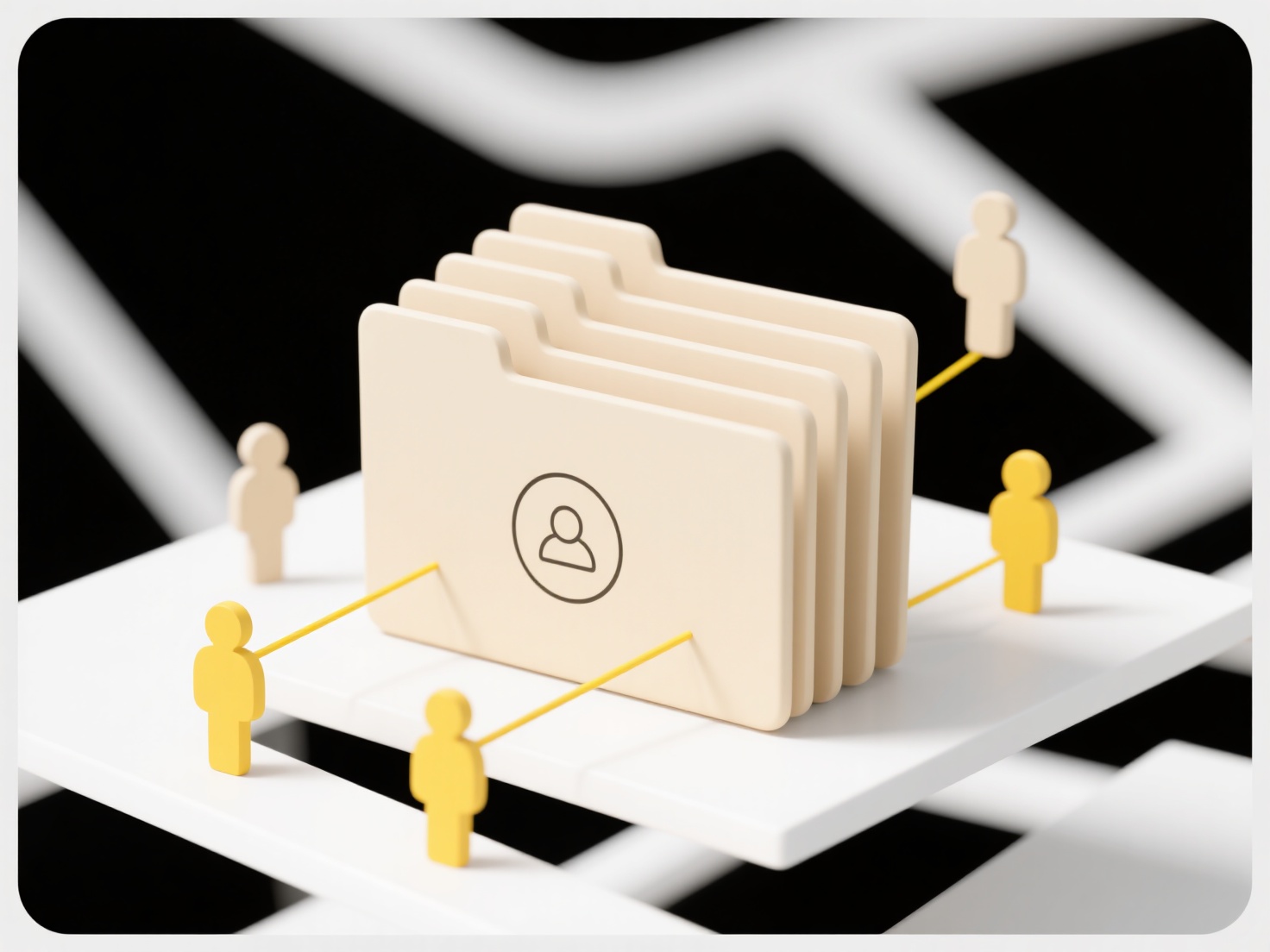
File rename permissions refer to the system rules that determine who is authorized to change a file's name, controlled by its access rights. This differs from the technical ability to rename (which your OS typically allows) and instead focuses on your authorization level within the system environment. Essentially, it concerns whether you have the necessary privileges granted by an administrator or the operating system itself, not whether the renaming function exists.
For example, system administrators often set specific folder permissions within networked drives using tools like Windows Active Directory or macOS Server's Profile Manager, preventing unauthorized users from renaming critical files. Similarly, cloud platforms like Google Drive or SharePoint allow owners to configure sharing settings, explicitly enabling or disabling the "can edit" permission, which includes renaming capabilities for shared files and folders.

A key advantage is maintaining data organization and integrity, preventing accidental or malicious changes. However, a limitation is that overly strict permissions can hinder legitimate workflow if users genuinely need to rename files for clarity but lack the rights. Future developments may involve more granular permission controls or smarter AI-assisted auditing to track rename operations automatically.
Can I set permissions when renaming files?
File rename permissions refer to the system rules that determine who is authorized to change a file's name, controlled by its access rights. This differs from the technical ability to rename (which your OS typically allows) and instead focuses on your authorization level within the system environment. Essentially, it concerns whether you have the necessary privileges granted by an administrator or the operating system itself, not whether the renaming function exists.
For example, system administrators often set specific folder permissions within networked drives using tools like Windows Active Directory or macOS Server's Profile Manager, preventing unauthorized users from renaming critical files. Similarly, cloud platforms like Google Drive or SharePoint allow owners to configure sharing settings, explicitly enabling or disabling the "can edit" permission, which includes renaming capabilities for shared files and folders.

A key advantage is maintaining data organization and integrity, preventing accidental or malicious changes. However, a limitation is that overly strict permissions can hinder legitimate workflow if users genuinely need to rename files for clarity but lack the rights. Future developments may involve more granular permission controls or smarter AI-assisted auditing to track rename operations automatically.
Related Recommendations
Quick Article Links
What is a .sav file and how do I view it?
A .sav file is the primary proprietary file format used by SPSS (Statistical Package for the Social Sciences) software t...
How do I stop sharing after a deadline?
Stopping sharing after a deadline means automatically revoking access permissions for shared files, folders, or links at...
Are files safer on the cloud or on an external hard drive?
Cloud storage saves your files on remote servers managed by a service provider, accessed via the internet, and typically...